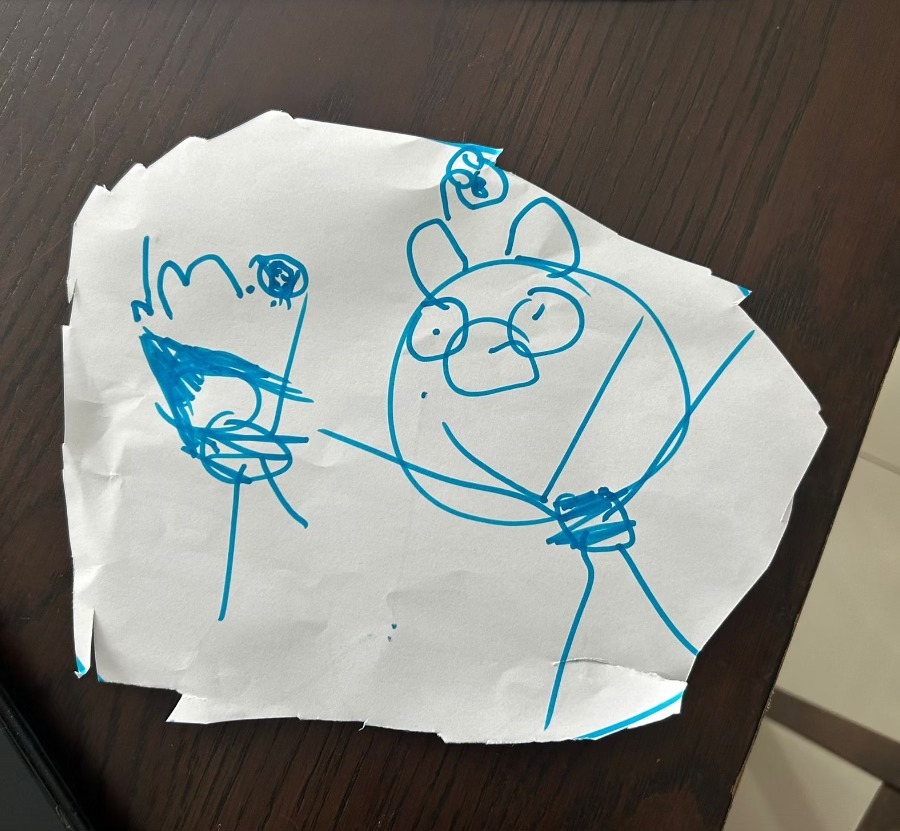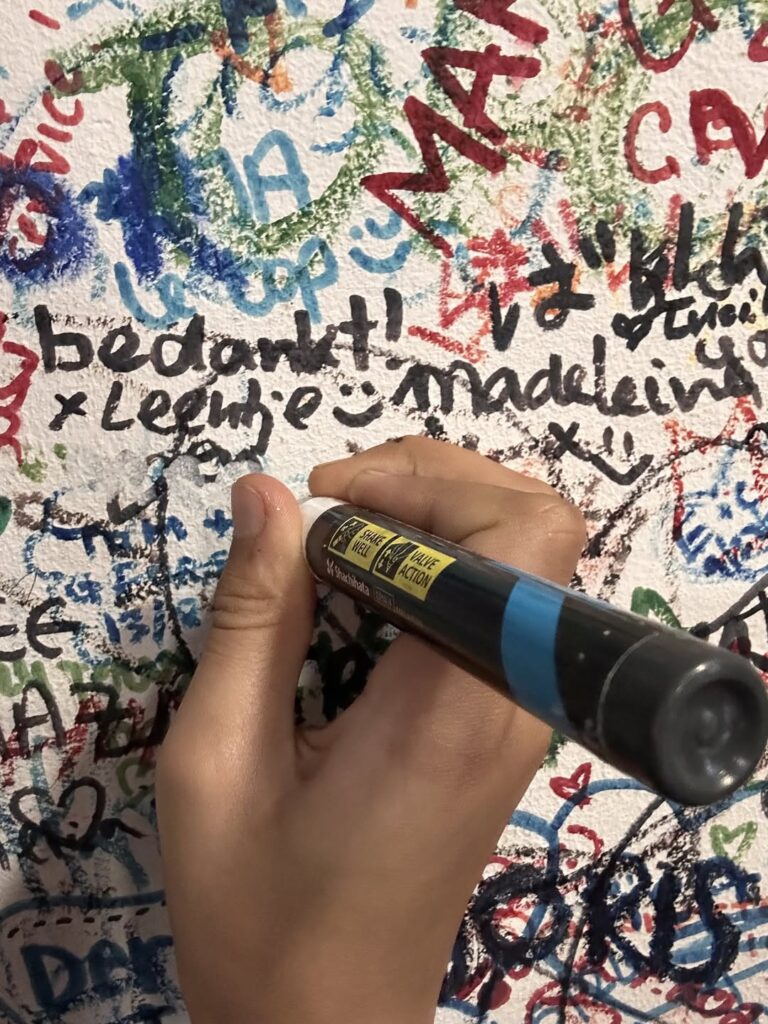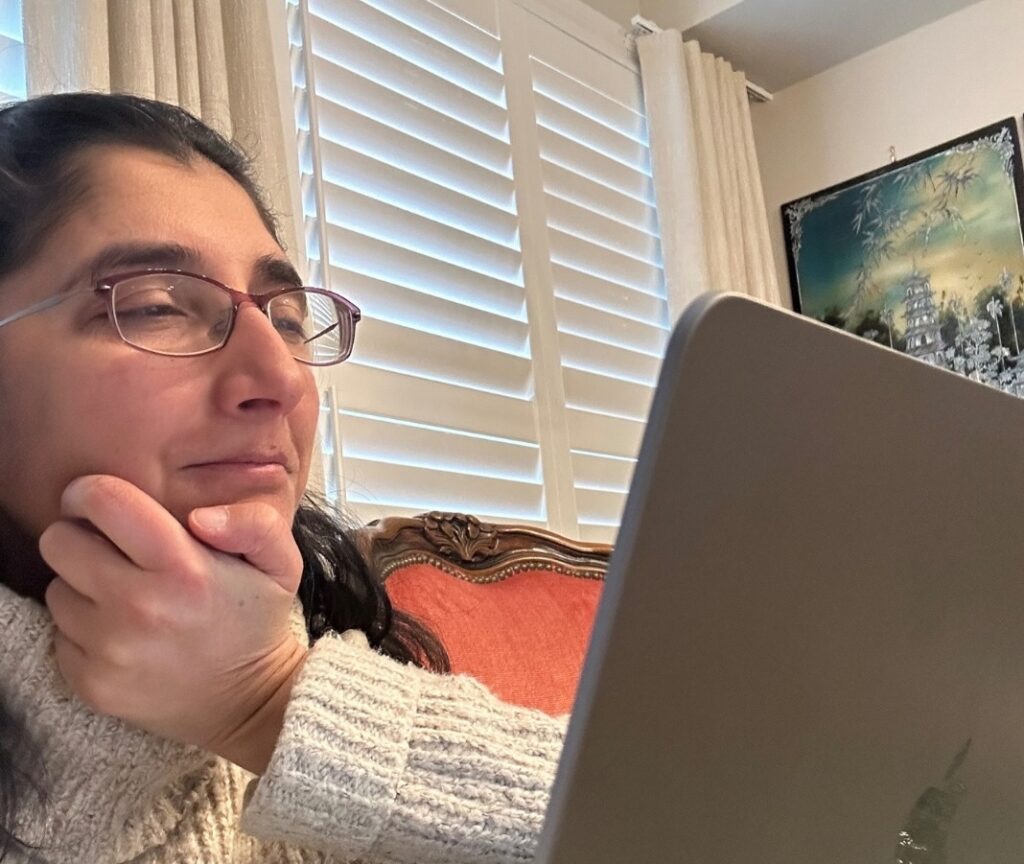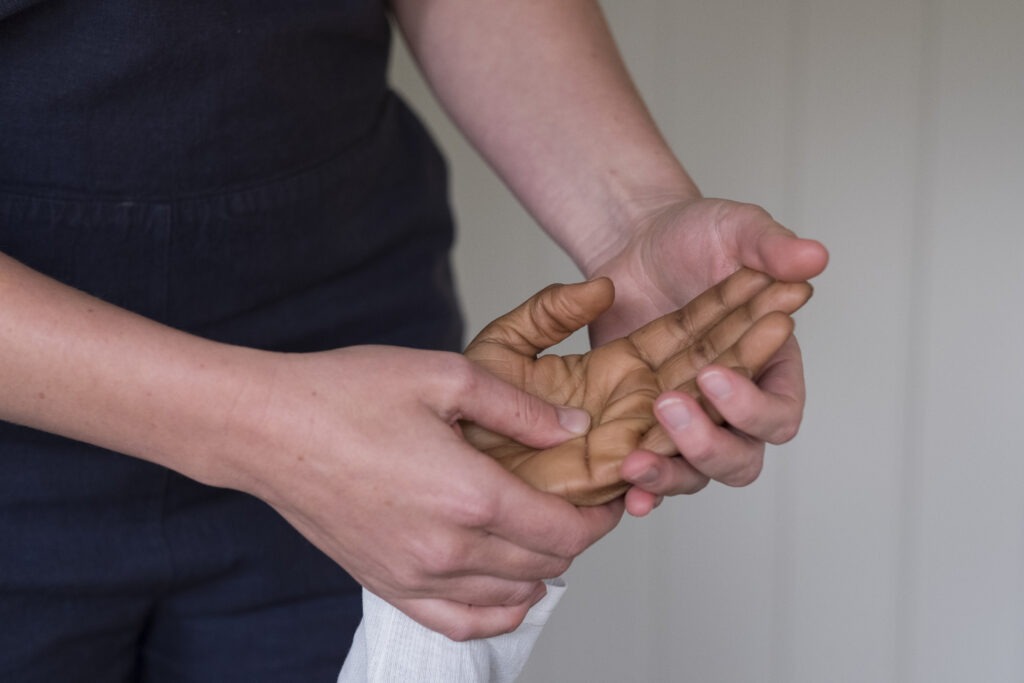When Writing Hurts: Understanding What Your Child’s Body Is Telling You

Sadly, many adults don’t even believe kids when they say their hands hurt. They assume children are making excuses or trying to avoid work.
But here’s the truth: kids can — and often do — press so hard on their pencil that it genuinely causes pain.
All in a Year: From Pencil Refusal to Confident Writing

Every child’s writing journey looks different — and it doesn’t start with handwriting practice. It starts with supporting the body, the senses, and regulation so writing can feel possible.
More or Less Sensory Input?

But remember: sensory processing is not static. Children can fluctuate between needing more and less, and many have what we call mixed responsiveness.
Does Your Child Hate Writing? Here’s Why (and How to Help)

Most parents think it’s a pencil grip issue or just lack of practice.
But writing struggles often have nothing to do with the hand.
The truth is, if your child avoids writing, the problem usually runs much deeper. And the solution isn’t “more handwriting practice.”
What is a Video-Based Assessment?

People are often surprised when I say I offer video-based assessments.
“Is that even effective?”
“Can you really assess a child that way?”
I get those questions a lot ……. and I get them!
So let me walk you through what a video-based assessment actually is, how it works, and why it can be so helpful.
7 Insights about Hypermobility

Hypermobility means some of the joints in your child’s body stretch and move more than expected. They’re extra bendy or flexible. But it’s not just about being “double-jointed.” Hypermobility can impact motor coordination, digestion, energy levels, sleep, emotional regulation, and even writing.
How This Child Gained Confidence in Writing — A Holistic Approach for Struggling Kids

Parents often wonder if progress in movement and coordination relates to writing and the answer is YES!
When we build foundational skills, the ripple effect reaches beyond just writing.
This child didn’t gain writing confidence by being pushed to write.
They gained it by becoming stronger, more aware of their body, and more regulated; and the writing followed.
Welcome (Back) to the Blog

You will not find quick fixes or one size fits all solutions here. Just real conversations and support for those navigating real life with neurodivergent kids.
Do Pencil Grips Help with Writing?

Using a pencil grasp requires strength and coordination on the child’s part and is ultimately, an exercise in itself.
Kids first need to develop sensory processing, core strength and fine motor skills for pencil control or to more comfortably use the grip.
Sensory Chalk Walk Obstacle Courses

People often think these chalk obstacle courses are difficult to make, however they’re so fun and you can involve your kids in making them too. We made a bunch of these on our streets for younger and older children, and even made one for an elderly neighbour across the street. It was so fun watching them through our window laugh and do them with friends.
